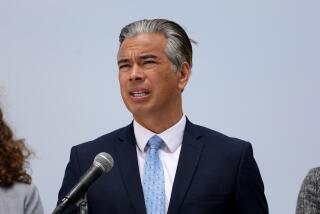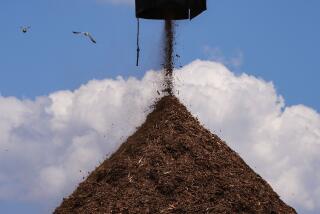Paper Industry Disputes U.S. Data on Dioxin
- Share via
WASHINGTON — Paper companies on Thursday strongly disputed EPA findings that their mills are contaminating fish with hazardous dioxin at levels posing a serious health risk to local fishermen who eat their catch.
Industry spokesmen charged that the Environmental Protection Agency relied on outdated information in assessing the health risk from dioxin residues that are released into streams from bleaching processes used to make white paper products.
In particular, they said the agency had relied on fish tissue samples taken in 1988 that did not reflect recent improvements in the bleaching process that the companies say have greatly reduced dioxin discharges.
“The EPA ignored more recent data that calls into serious question the basis of their risk assessments,” said Richard Phillips, vice president and director of process technology for the International Paper Co., whose Georgetown, S.C., plant was cited as posing the highest dioxin risks of any U.S. paper mill.
The EPA said people eating two quarter-pound meals a month of fish caught downstream from the Georgetown plant faced a lifetime cancer risk of 1 in 100. The agency said sport or subsistence fishermen who eat larger amounts were exposed to a cancer risk of 1 in 10.
Altogether, the EPA said 20 paper mills nationwide expose local fishermen to a lifetime cancer risk greater than 1 in 10,000. In contrast, the EPA considers a cancer risk of 1 in a million a permissible level of dioxin risk.
The industry already has pledged cooperation with EPA efforts to reduce dioxin discharges by improving its bleaching process.
Phillips said International Paper offered EPA data on fish contamination levels compiled by South Carolina officials in April, 1990, but the EPA refused to accept the new information.
More to Read
Sign up for Essential California
The most important California stories and recommendations in your inbox every morning.
You may occasionally receive promotional content from the Los Angeles Times.













